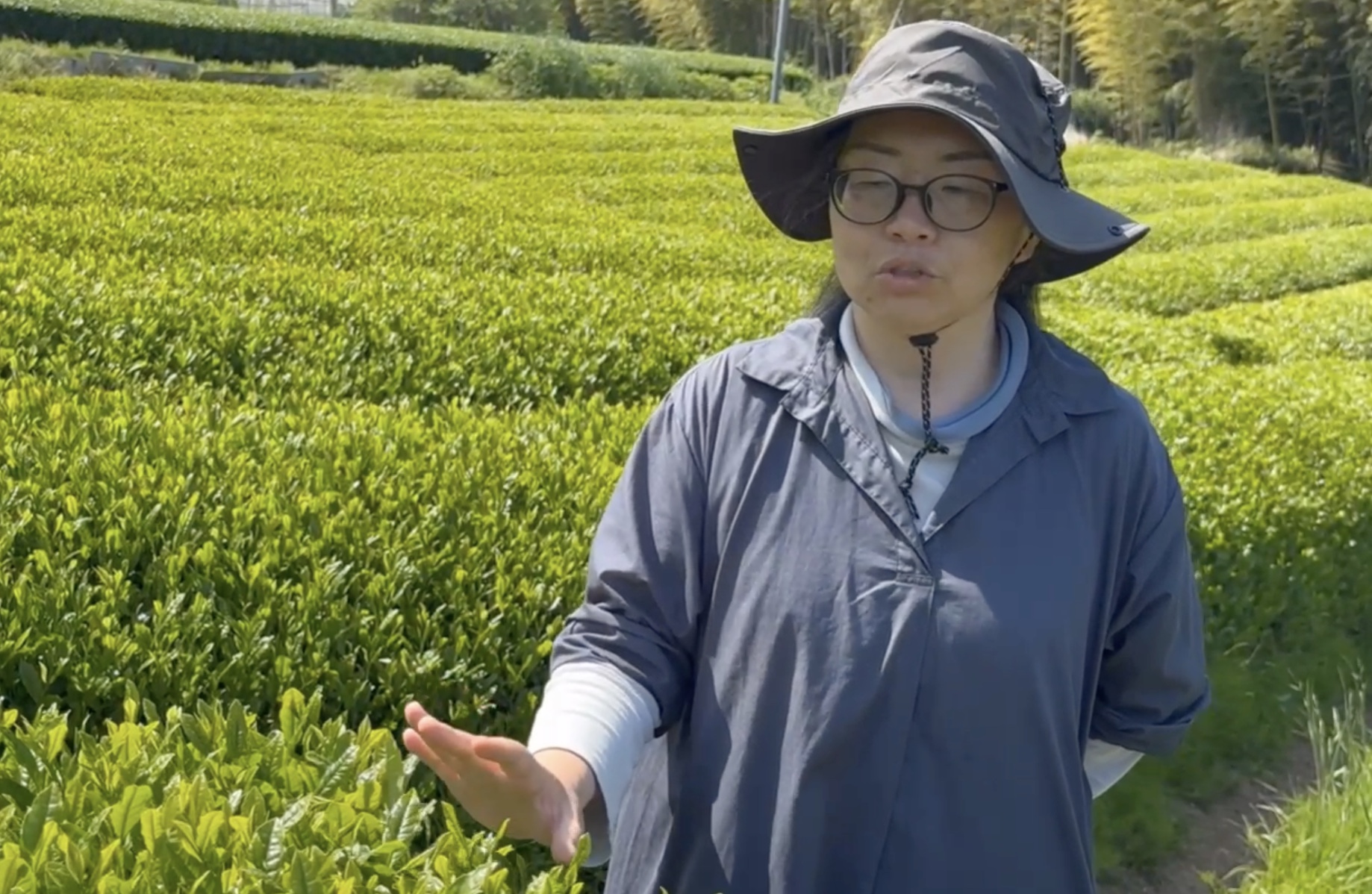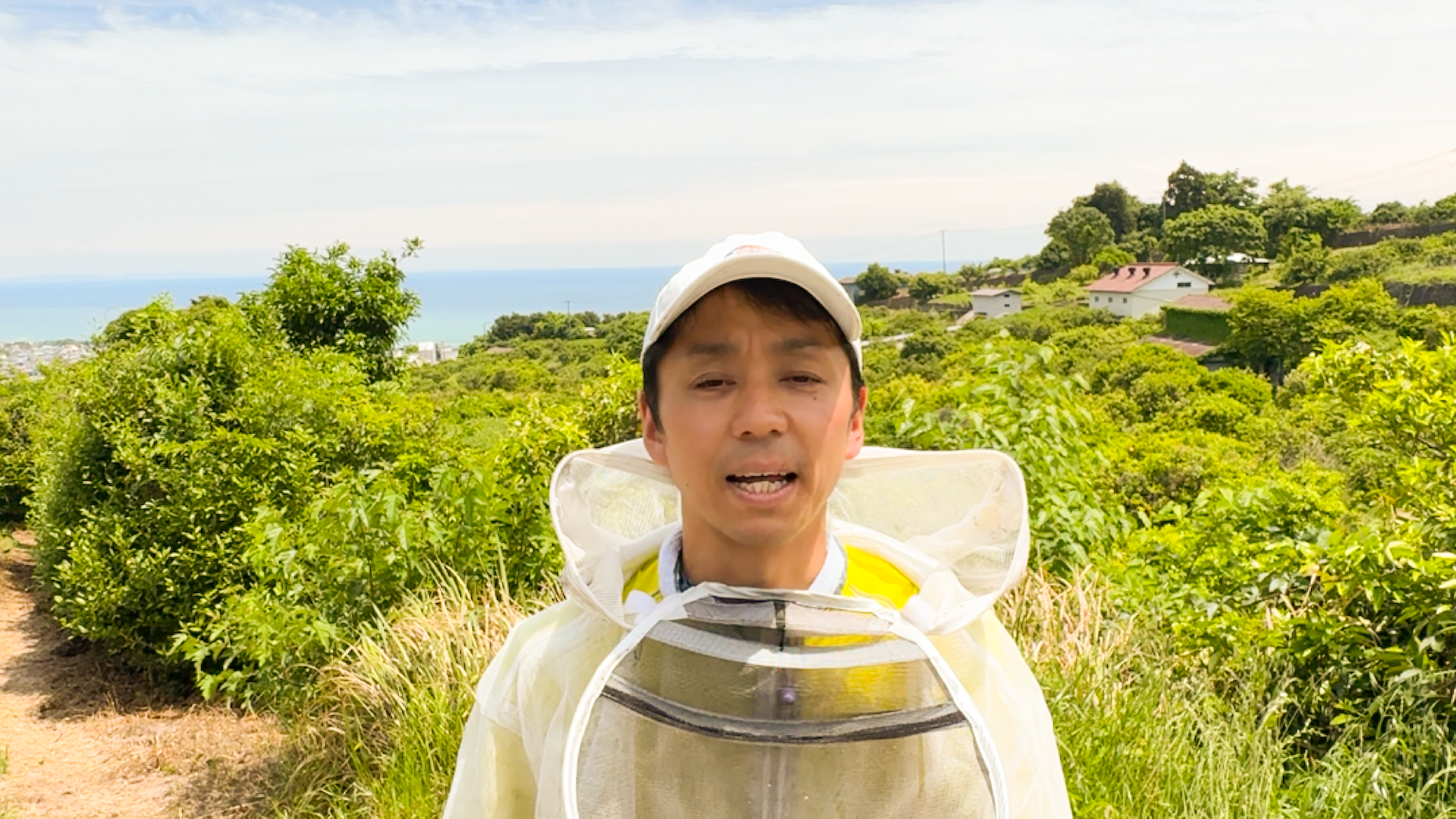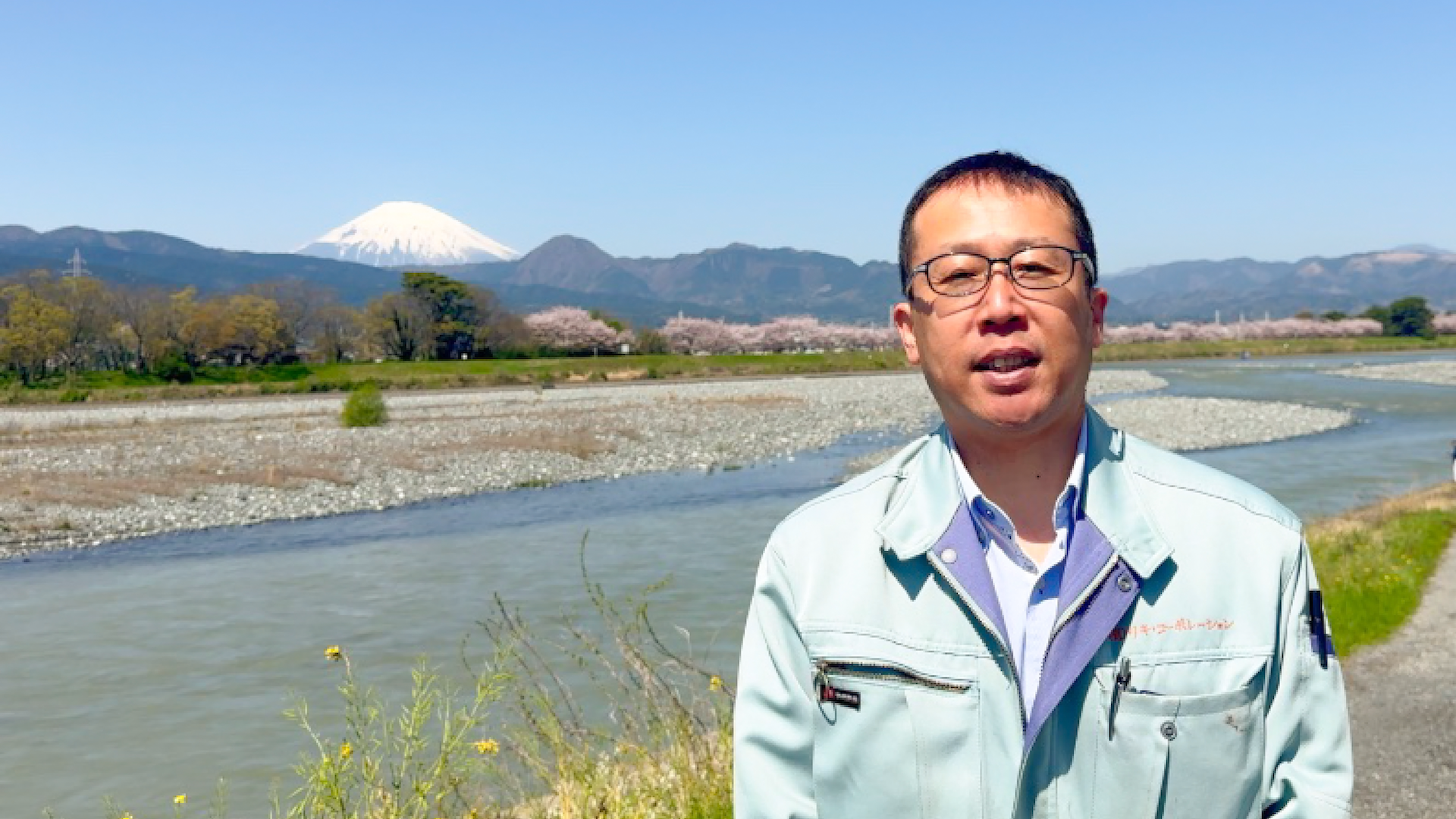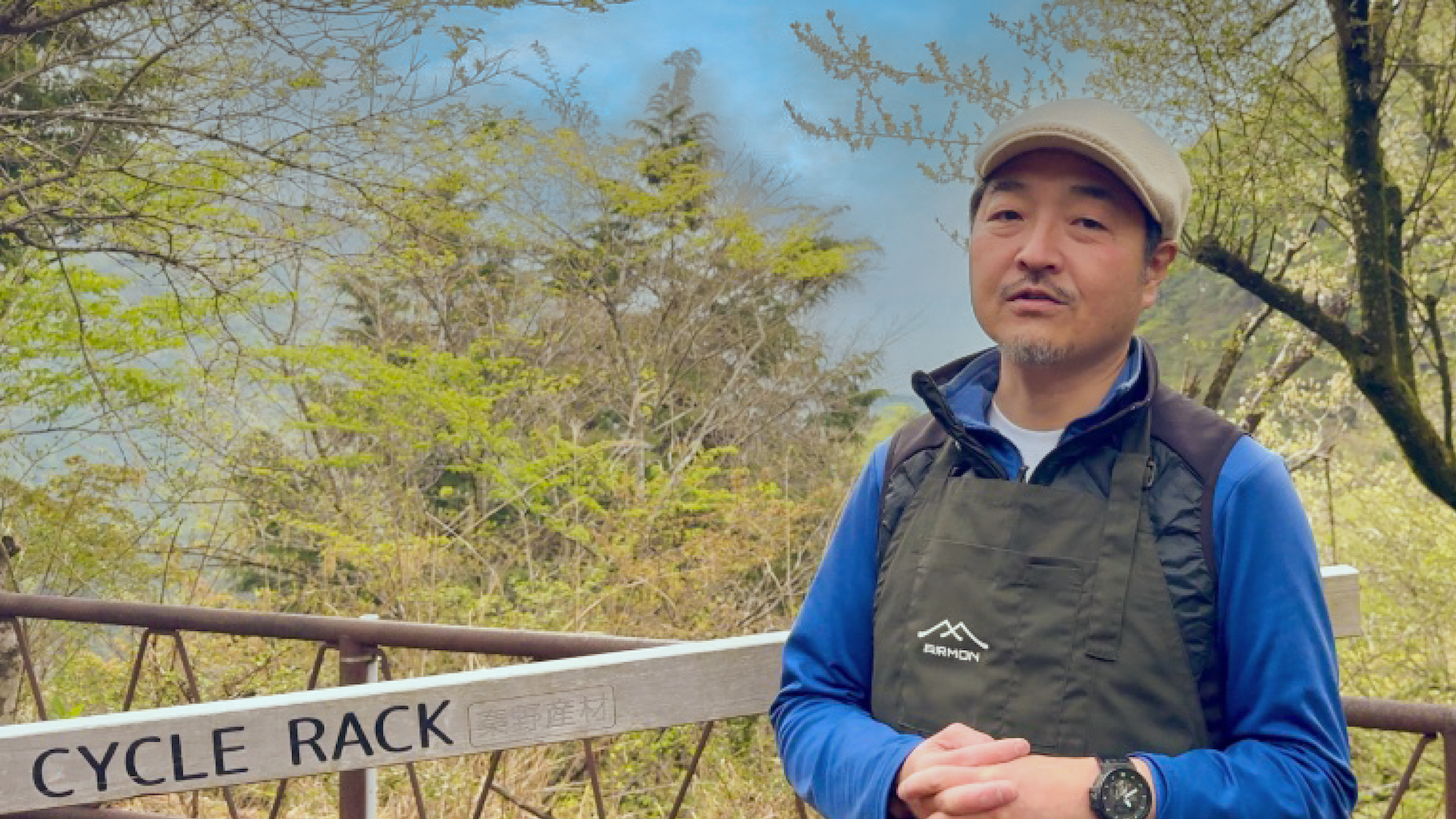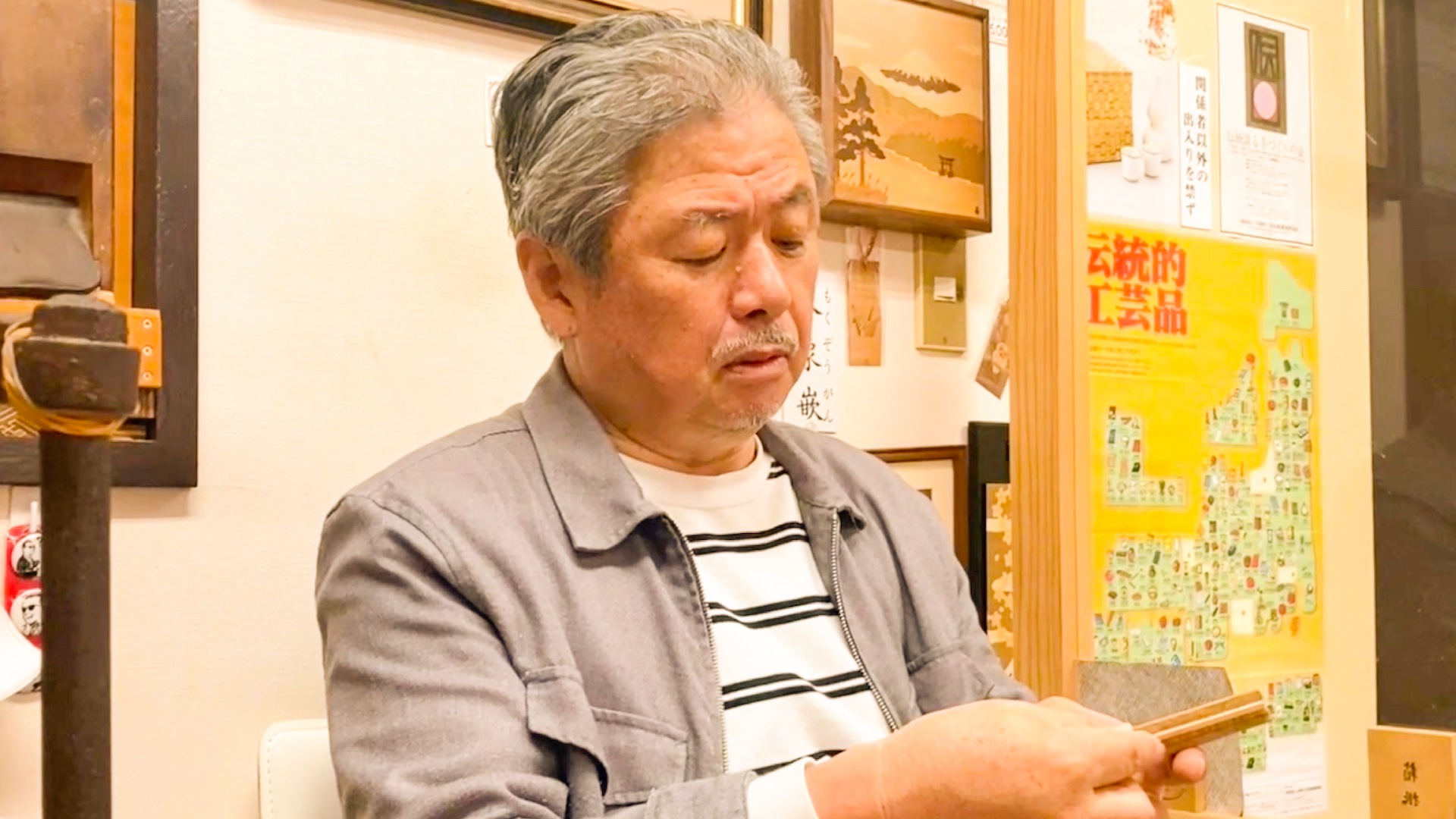Discover the Miracle of Ashigara Tea Lab Ogikubo Garden, Nurtured by the Natural Beauty of Hakone
足柄茶
~ Experience Authentic Japanese Tea Culture
in the Heart of Hakone ~
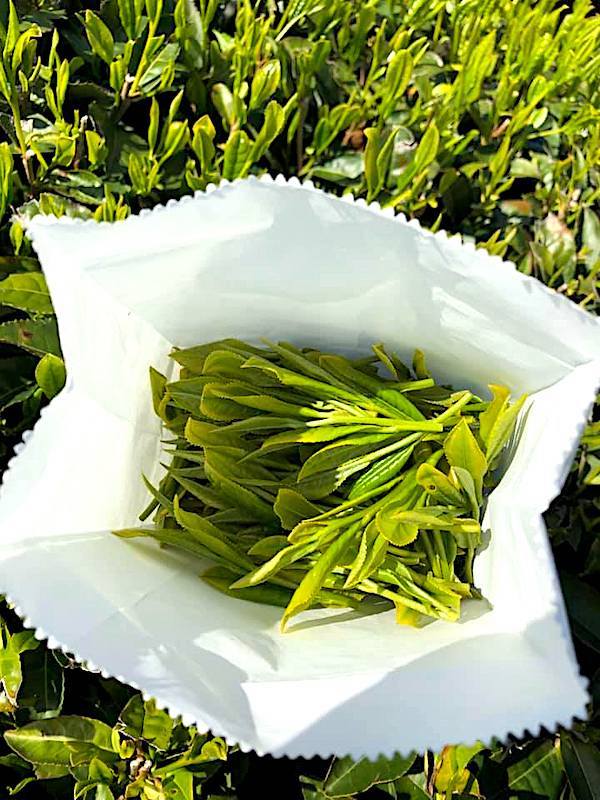
Have you ever been captivated by the allure of Japanese tea? Finding genuine Japanese tea abroad isn’t always easy. Instant powders and aged leaves dominate the market, limiting opportunities to savor the true flavor. However, just a 15-minute drive from Hakone’s hot spring area, nestled at the foot of Mount Fuji, lies the Ashigara Tea Lab Ogikubo Garden. Here, nurtured by the abundant nature of Hakone, precious Ashigara Tea Lab is cultivated without pesticides. Especially in early summer, when the new tea buds emerge, the landscape transforms into a paradise. We visited to request the first-picked leaves for Onsen Box, immersing ourselves in the tranquility of the tea fields away from urban bustle
~ Exclusive Enjoyment of Authentic
Japanese Tea in Early Summer ~
The new buds of Japanese tea are harvested around May, known as the first harvest, a precious variety called “Ichibancha.” While subsequent harvests, known as Nibancha in summer and Sancha in autumn, are also available, Ichibancha harvested in early summer is considered the most valuable and flavorful. Ashigara Tea Lab exclusively uses these first-picked leaves. While other tea farms distribute subsequent harvests, Ashigara Tea Lab only employs Ichibancha. Known for its clear golden hue, Ashigara tea boasts a well-balanced blend of umami and sweetness. Especially during the new tea season, its fresh aroma delights the senses. We invite everyone, even overseas, to savor the precious Ichibancha harvested only in early summer.
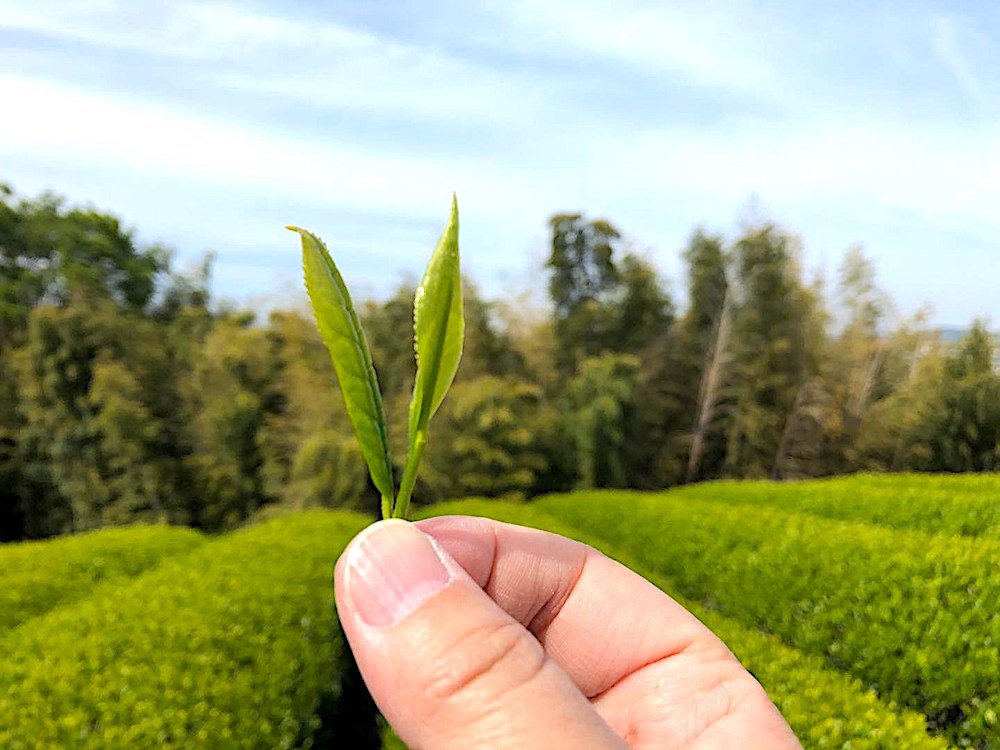
~ Understanding Ashigara Tea ~
Ashigara tea, known for its “taste and aroma,” is a luxurious tea cultivated by Local firmer in just a 15-minute drive from Hakone’s hot spring area. The unique taste of Ashigara tea is shaped by the climate carried by the cold air known as “Tanzawa Oroshi.” Ashigara tea stands out for its high nitrogen content, rich in umami amino acids. With low tannin and fiber content, its “taste and aroma” shine through. This special tea produced in Hakone has earned nationwide acclaim.
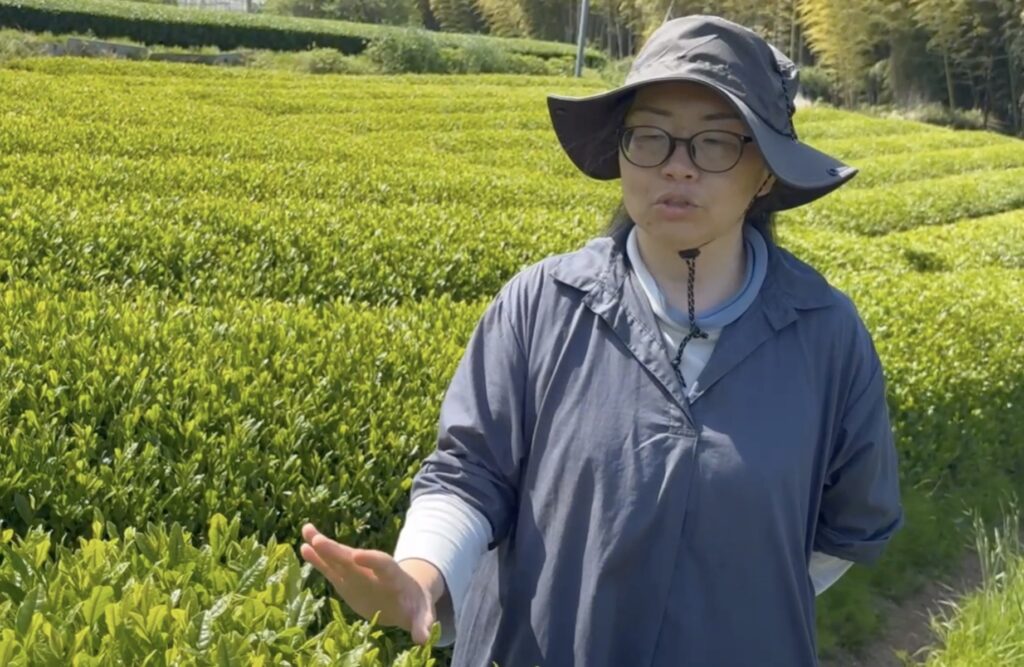
~ History ~
The current “Ashigara Tea” was introduced to Kiyomizu Village in Ashigara Kamigun (present-day Yamakita Town, Ashigara Kamigun) after the Great Kanto Earthquake of 1923. The efforts of pioneers bore fruit, and Ashigara tea has won numerous awards and top rankings in various competitions.
~ The Charm of Japanese Tea :
Enjoyable Hot or Cold ~
Japanese tea can be enjoyed both hot and cold. When brewed with hot water, Japanese tea is rich in catechins, striking a perfect balance of umami and astringency. Additionally, the caffeine content provides an awakening effect. On the other hand, when brewed with water, it offers a rich, mellow flavor, perfect for bedtime relaxation. With abundant theanine content, it also promises relaxation.
~ Correct Brewing of Japanese Tea ~
Adhering to the correct brewing method allows you to fully appreciate the flavor and aroma of green tea.
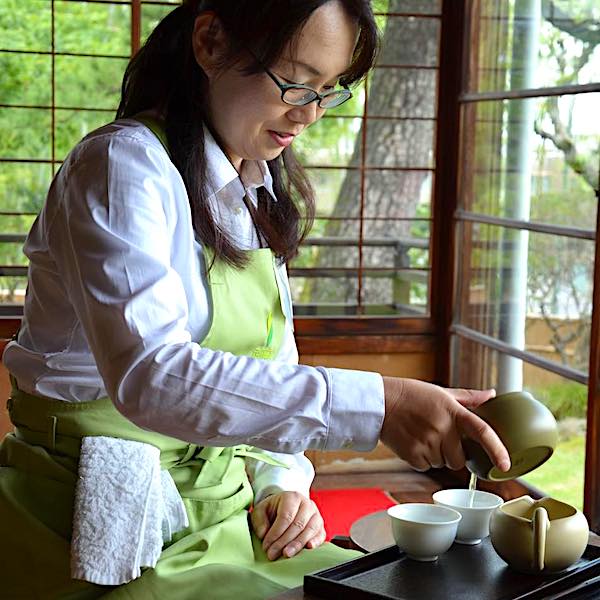
– When Using Tea Bags —
① Boil approximately 150ml to 200ml of water.
② Cool the boiling water to about 80°C. Boiling water may compromise the flavor of green tea.
③ Place one tea bag in a cup.
④ Steep the tea bag in the water for about 1 to 2 minutes. Adjust the time according to your preferred strength, as steeping too long may result in bitterness.
— When Using a Teapot —
① Place an appropriate amount of green tea leaves (about 1 teaspoon per person) in the teapot, spreading them evenly on the bottom.
② Boil approximately 150ml to 200ml of water.
③ Cool the boiling water to about 70°C to 80°C. Green tea brewed at high temperatures may become bitter, so maintaining the right temperature is essential.
④ Pour the water into the teapot. Stir lightly to ensure the leaves are submerged.
⑤ Steep the leaves in the water for about 1 to 2 minutes. The steeping time may vary depending on the fineness and type of tea leaves, so adjust according to your preference.
~ The Benefits of Tea ~
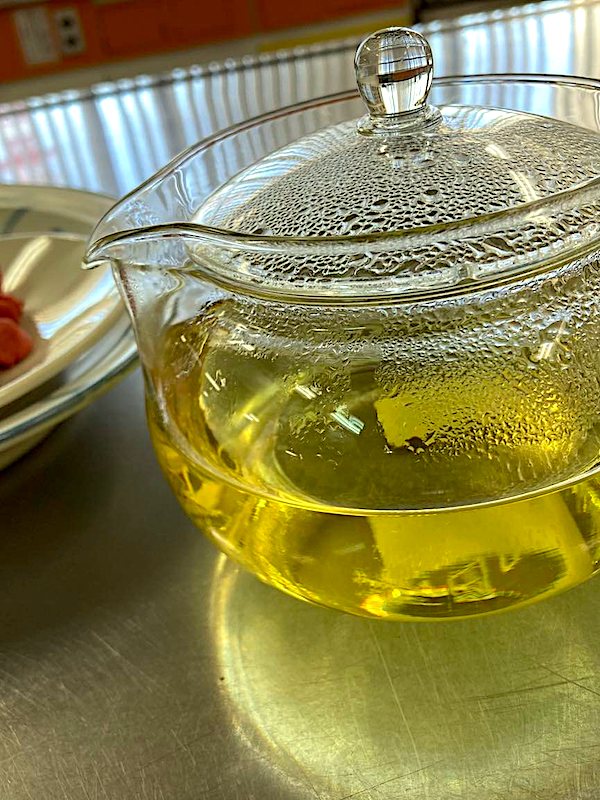
Green tea offers numerous benefits, including antioxidant and diuretic effects, as well as relaxation. Research and verification are ongoing, especially concerning its potential to enhance immunity against the current COVID-19 pandemic. Incorporating green tea consumption into your routine, alongside a balanced diet and exercise, may prove beneficial. Catechins, a type of polyphenol found in green tea leaves, offer significant benefits, including antiviral and antibacterial effects, cancer prevention, and blood pressure regulation. Regular consumption of green tea may help prevent and improve various bodily discomforts. With its antiviral, antibacterial, and diuretic effects, caffeine’s benefits, and its antioxidant and skin-beautifying effects, tea offers a wide range of benefits.
~ Caffeine and Relaxation Effects ~
Caffeine in green tea not only enhances wakefulness but also offers relaxation effects. Theanine, a component found in tea, inhibits caffeine’s excitatory effects, promoting relaxation. Therefore, adjusting the timing and amount of caffeine intake to utilize theanine for relaxation is essential, whether you seek to awaken in the morning or unwind in the evening.
~ The Precious Ichibancha Offered by Onsen Box ~
With the cooperation of local farmers, we have been provided with the precious Ichibancha, a newly harvested Japanese tea that is only harvested once a year, for Onsen Box. Even for Japanese people, Ichibancha is rare and often sells out quickly, making it difficult to obtain on a regular basis. Take this opportunity to savor authentic Japanese tea in the comfort of your own home.
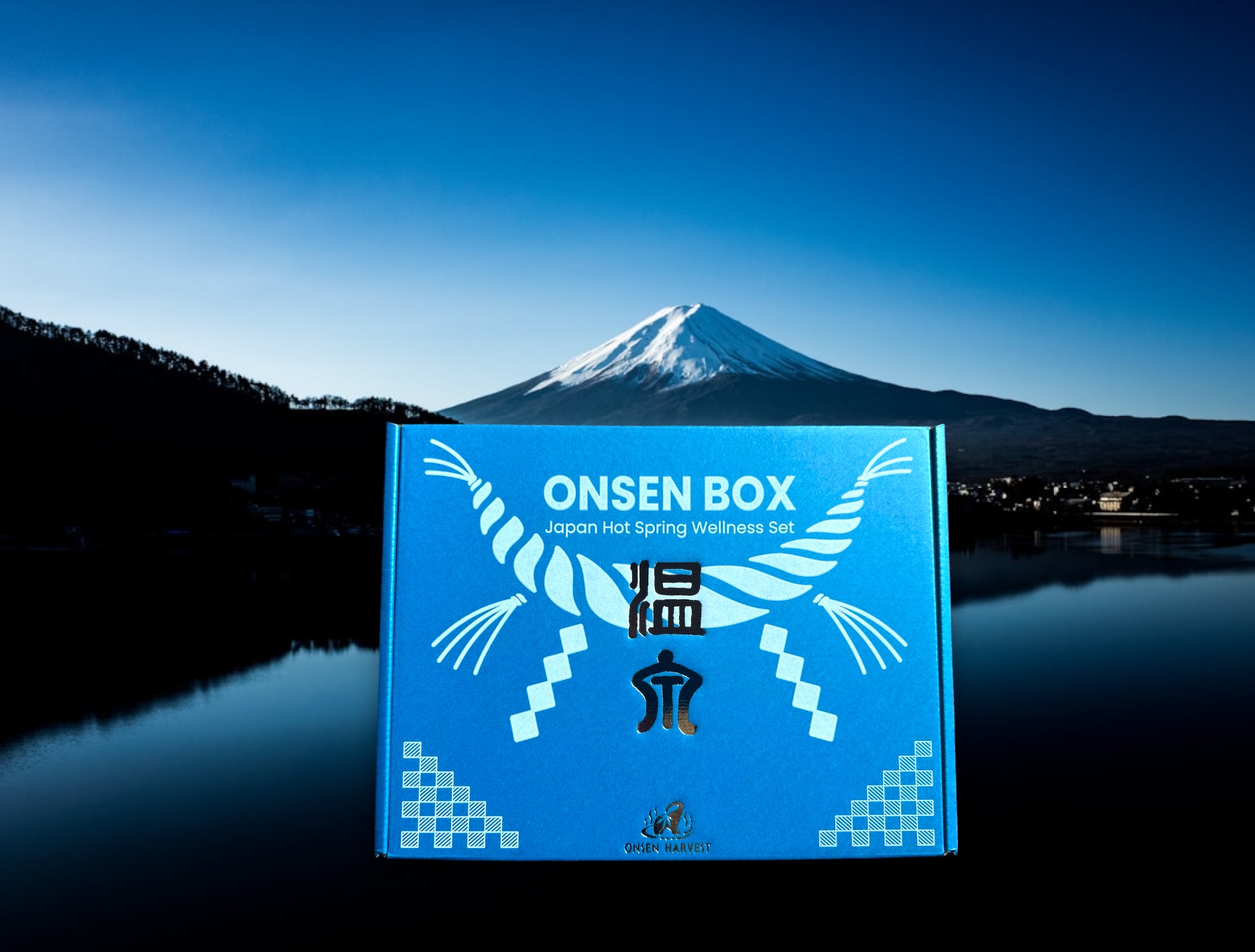
Stay connected with us! Follow our social media channels for more updates.













